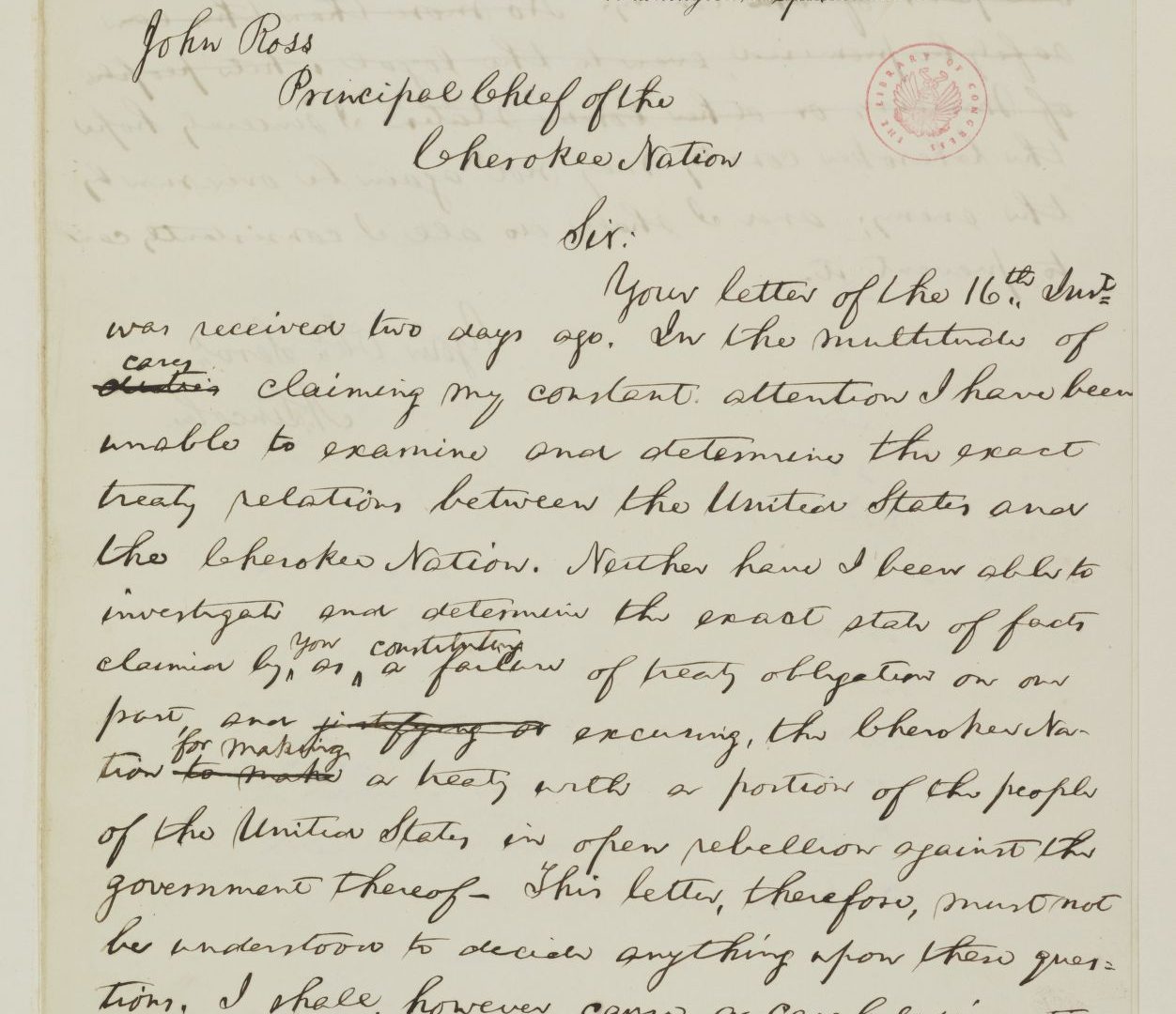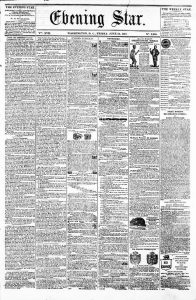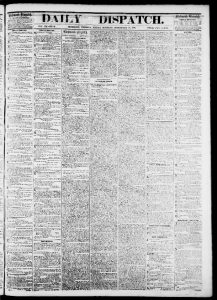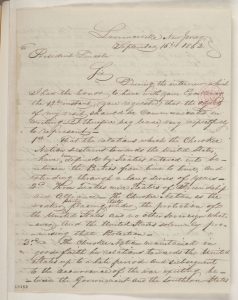What motivates a leader in times of crisis?
Subject(s): Native Americans and US History
Time Period(s): (1850-1877) Civil War and Reconstruction
Grade level(s): 6-8 and 9-12
Click here to download the powerpoint
The Cherokee were forced to move from their homes in Georgia, Tennessee and North Carolina to Indian Territory after the Indian Removal Act. Over the next thirty years, as sectionalism in the United States increased, the Cherokee were forced to take sides in the U.S. Civil War. These documents follow Cherokee leader John Ross and his decisions about whether to form an alliance with the Union or the Confederacy.
Supporting question(s):
In what ways would the Cherokee Nation benefit from an alliance with the Confederacy rather than the Union?
How did the leadership of President Lincoln and Chief John Ross differ during times of crisis?
Source Set
- From the Cherokee Nation: Proclamation of Chief John Ross
- The Cherokee Indians: Four Thousand Indians in Council Speech by the Principal Chief Alliance with the Confederate States
- Secession of the Cherokee Nation
- “Abraham Lincoln papers: Series 1. General Correspondence. 1833-1916: William F. Cloud to Cherokee Nation”
- The Alliance of Cherokee Indians with Confederate States
- “Abraham Lincoln papers: Series 1. General Correspondence. 1833-1916: John Ross to Abraham Lincoln, Tuesday, September 16, 1862 (Relations between the U.S. and Cherokee Nation)”
- Abraham Lincoln to John Ross, Thursday, September 25, 1862
Description
Report of a proclamation delivered by Cherokee Nation Chief John Ross in the Washington, D.C. newspaper, Evening Star, June 1861
Description
The Daily Dispatch of Richmond, VA chronicles a Cherokee Nation special council meeting in September 1861
Description
The Delaware State Journal and Statesman reports on the Secession of the Cherokee Nation, October 1861
Description
The American Citizen of Canton, MS reports on the state of the alliance between the Cherokee Nation and Confederacy in August 1862
Additional resource(s):
National Museum of the American Indian Educator Resources
Arkansas Frameworks(s):
8th grade Social Studies
Era5.2.8.3: Analyze social and economic effects of the Civil War on America
Era5.2.8.4: Analyze the historical significance of selected Civil War battles, events, and people
Disciplinary Literacy
RH.6-8.1 Cite specific textual evidence to support analysis of primary and secondary sources.
RH.11-12.1 Cite specific textual evidence to support analysis of primary and secondary sources, connecting insights gained from specific details to an understanding of the text as a whole.
RH.6-8.6 Identify aspects of a text that reveal an author’s point of view or purpose (e.g., loaded language, inclusion or avoidance of particular facts).
RH.11-12.6 Evaluate authors’ differing points of view on the same historical event or issue by assessing the authors’ claims, reasoning, and evidence.







